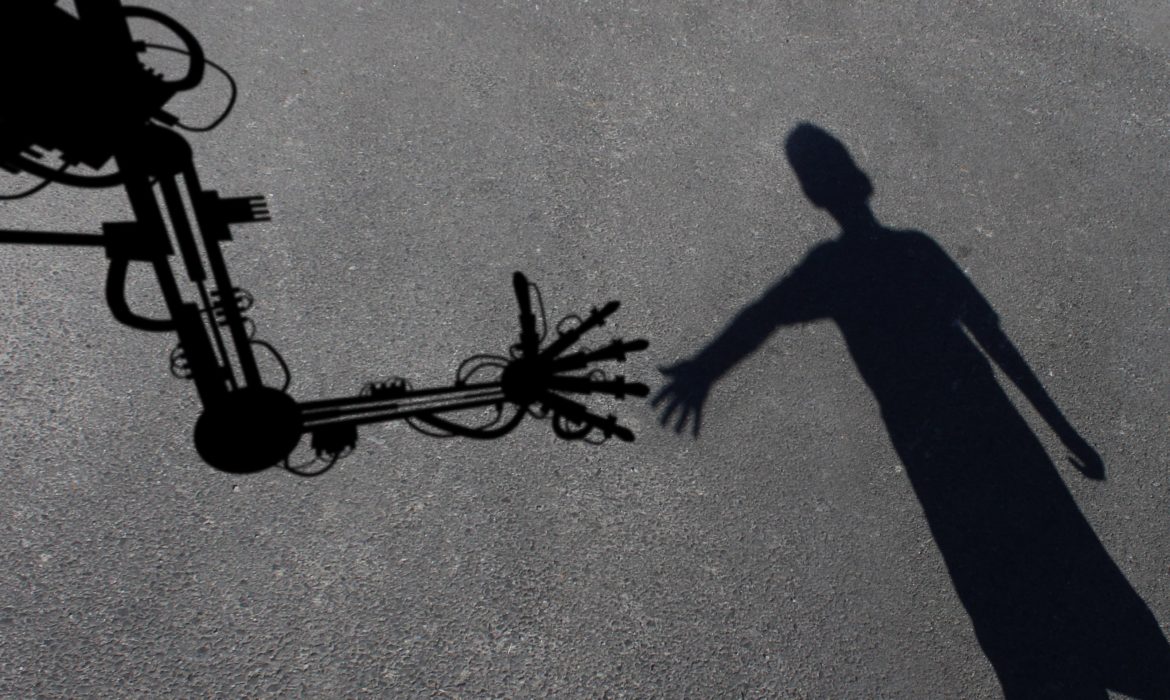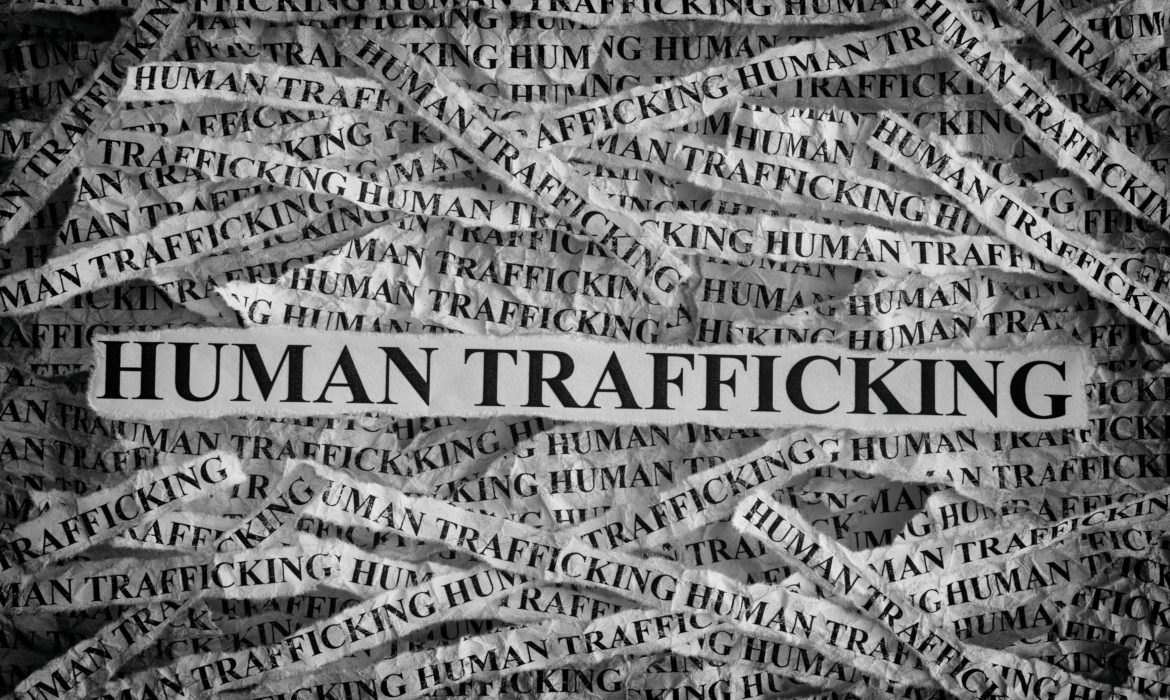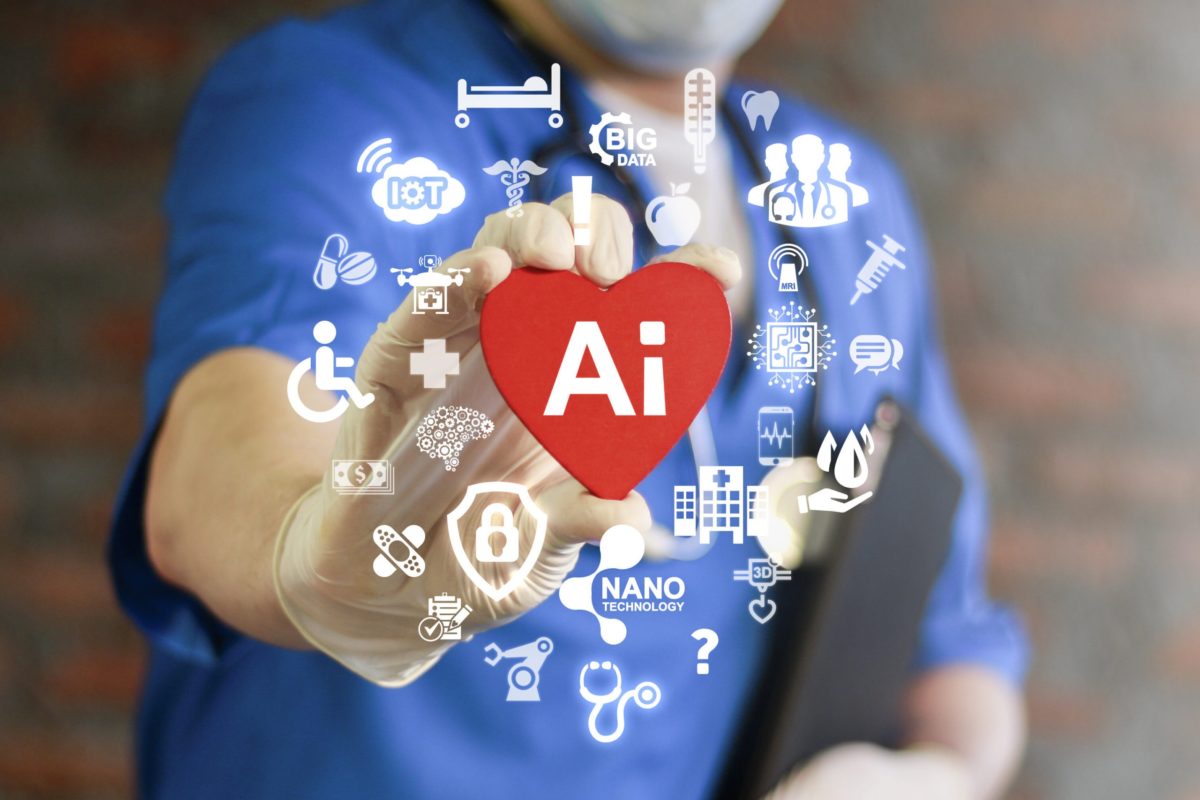Human trafficking is the trading of humans for forced labor, slavery, forced marriages or other despicable exploitation. It is one of the world’s most barbaric endeavors. Human trafficking is the most painful injustice of our time. Unfortunately, each year, human trafficking generates more than $150 billion in profits. The statistical numbers are 51% of identified victims of trafficking are women, 28% children and 21% men. Also, this practice operates mostly underground in almost every country. Thus, the problem grows each day. Even though, Experts work day and night in search of optimal solutions for this appalling problem. The U.S. Department of Homeland Security defines trafficking as modern-day slavery.
However, in this day and age, artificial intelligence technology is changing everything. It is possible to incorporate modern technology to end the trafficking problem. Artificial intelligence and machine learning can surely help put and change the game.
There are several major problems, which concern human trafficking detectives and experts. Ingestions of large amounts of data and identification of behavioral patterns can be hard. However, there is a chance that AI can provide a solution and power to analyze more than financial activates and transactions. Thus, in theory, it can help prevent trafficking, before it happens.
A chance to solve Human Trafficking with AI
However, with the help of Machine Learning, Artificial Intelligence can distinguish information from hundreds of sources. For example, the current anti-money laundering (AML) environment uses simple financial transaction-monitoring rules to detect human trafficking. Law enforcement representatives check the information, depending on the country from certain high-risk jurisdictions and ad up additional sources; like social media, articles about false employment agencies, missing people from home.

With AI at hand, information can be brought up all at once; an analyst will not have to lose time on manually searching for the data. The usage of machine learning can program more variables for AI so that it can use the information it has and then teach itself how to identify patterns better. However, effective AI processes still require an enormous amount of human effort to process and analyze data in a way that machines can then duplicate and scale.
However, all of the positive sides are still only usable in theory. In practice, machine learning is not yet developed enough to function independently.
How AI will transform the battle against human trafficking?
Like any business, the illegal trade of human trafficking depends on the ability to turn a profit. Also, in this case, the financial community, and AI can prevent the spread of trafficking by better monitoring those who manipulate the income of a business model that harasses millions of people. Combining this collaboration with a full commitment to developing Artificial Intelligence will enable the financial community to scale its screening capabilities. Emerging AI and ML capabilities will even enable institutions to process enough relevant data to identify regions where trafficking is most common.

















